Exploring How Technology Has Influenced the Creation of Art and its Impact on Culture
Technology has revolutionized the way art is created, shared, and consumed in modern society. In recent years, the use of technology to create and share art has grown significantly, transforming the way art is made and how it is received by audiences around the world. Technology has enabled the spread of art and culture across the globe, allowing people to connect with each other in ways never before possible.
How Technology Has Changed the Way Art is Made
The most obvious example of how technology has changed the way art is made is through digital tools. Digital art tools such as Adobe Photoshop or Procreate allow artists to create artwork in ways that were previously impossible with traditional tools. Digital art has become increasingly popular, with artists using these tools to create stunning visuals that can be shared with a global audience with the click of a button.
In addition to digital tools, technology has also enabled the creation of art in new and innovative ways. For example, 3D printing technology has been used to create physical sculptures that would have been impossible to make with traditional tools. Similarly, augmented and virtual reality technologies have opened up new possibilities for art creation, allowing artists to create interactive experiences that can be experienced by viewers in a virtual world.
How it Has Been Used to Spread Art and Culture Across the World
Technology has also been instrumental in helping to spread art and culture across the world. Social media platforms such as Instagram, Facebook, and Twitter have allowed artists to share their work with a global audience, increasing their reach and allowing them to connect with people from all around the world. Similarly, streaming services such as YouTube and Twitch have enabled people to share and consume art and culture in ways that have never been possible before.
Moreover, technology has also enabled the monetization of art. Online platforms such as Patreon and Kickstarter have allowed artists to fund their projects and gain financial support for their work. This has allowed artists to create and share their work without having to rely on traditional forms of funding, giving them the freedom to pursue their creative ambitions.
Potential for Shaping Art and Culture in the Future
As technology continues to evolve, its potential for shaping art and culture in the future is immense. The possibilities are limited only by our imagination. Technologies such as artificial intelligence and machine learning could be used to create artwork and music with unprecedented levels of complexity. Augmented reality and virtual reality could be used to create immersive art experiences that transcend our understanding of reality. Ultimately, technology has the potential to revolutionize the way art is made and consumed, and its impact on culture could be far-reaching.
In conclusion, technology has had a profound impact on the way art is created, shared, and consumed in modern society. It has enabled the spread of art and culture across the globe, allowing people to connect with each other in ways never before possible. Technology has also enabled the monetization of art, giving artists the freedom to pursue their creative ambitions. As technology continues to evolve, its potential for shaping art and culture in the future is immense, and its impact could be far-reaching.

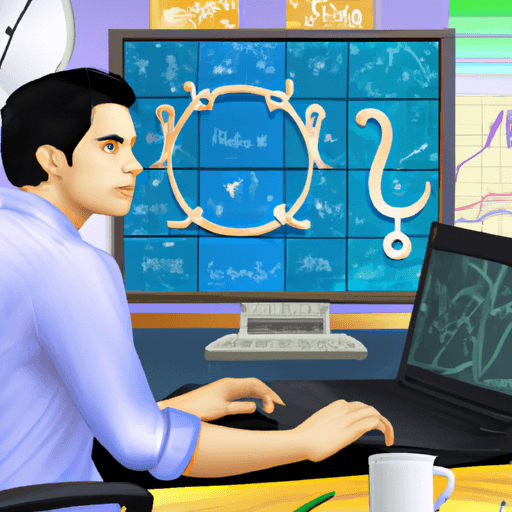


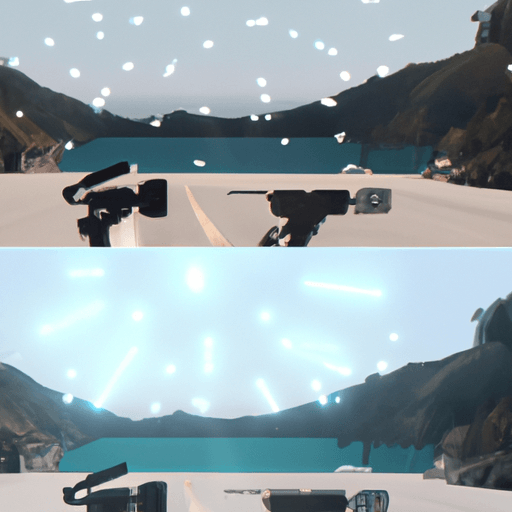
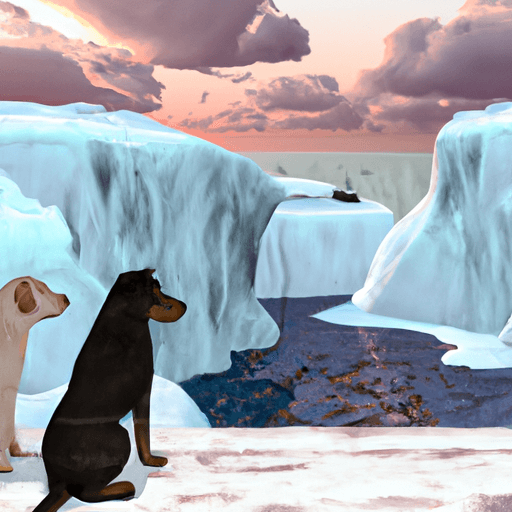
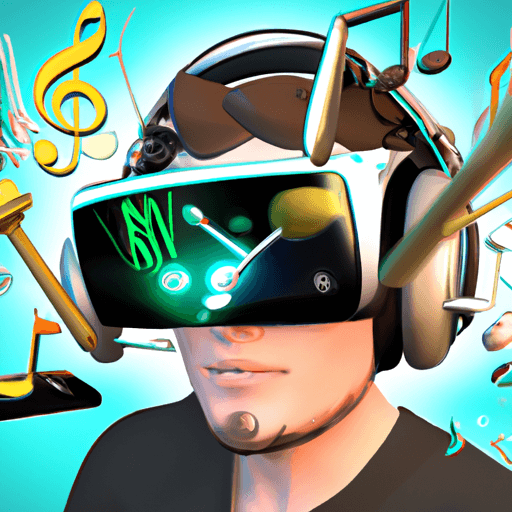
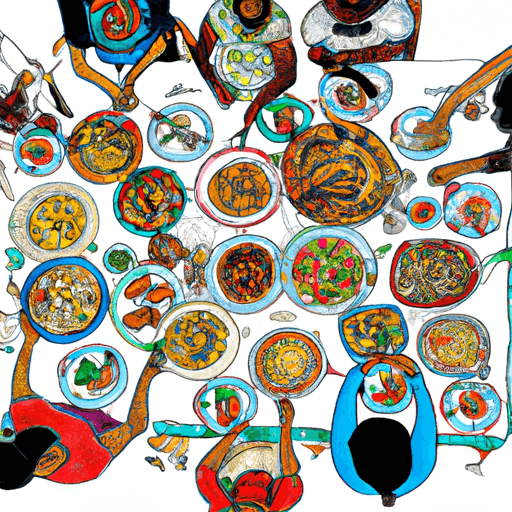
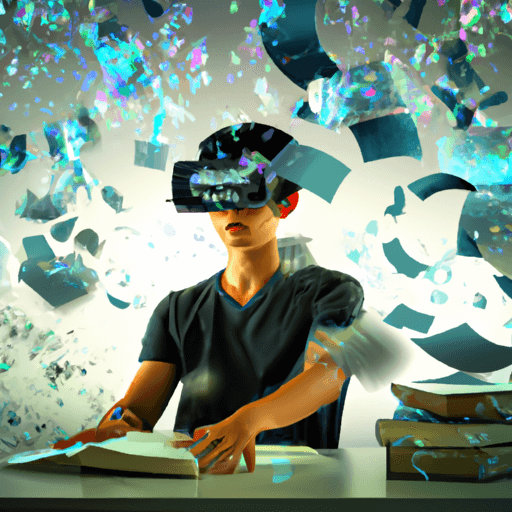
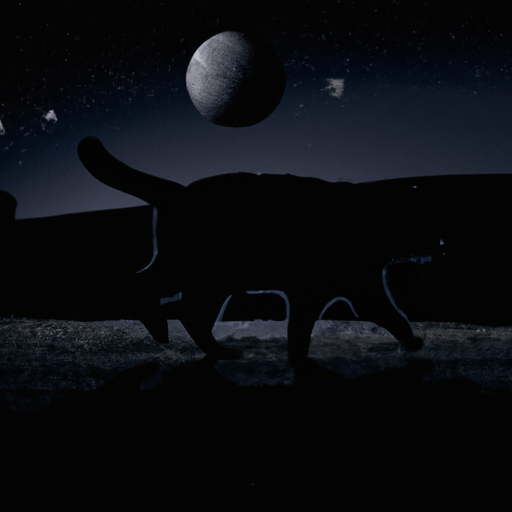
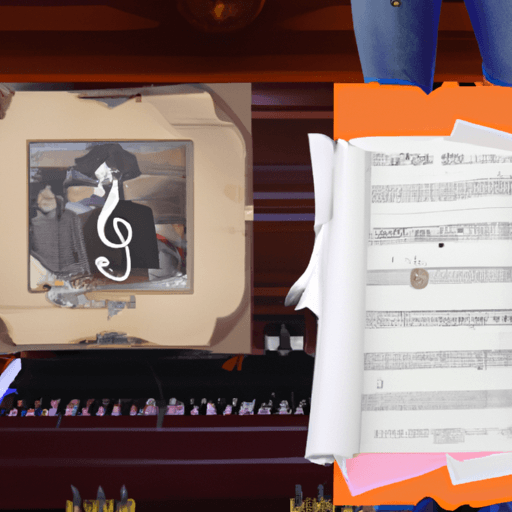
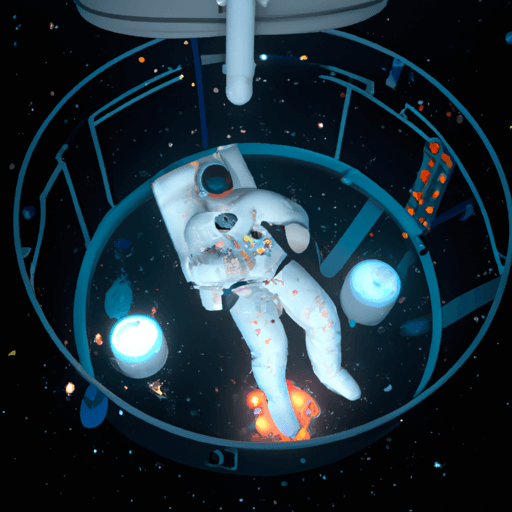

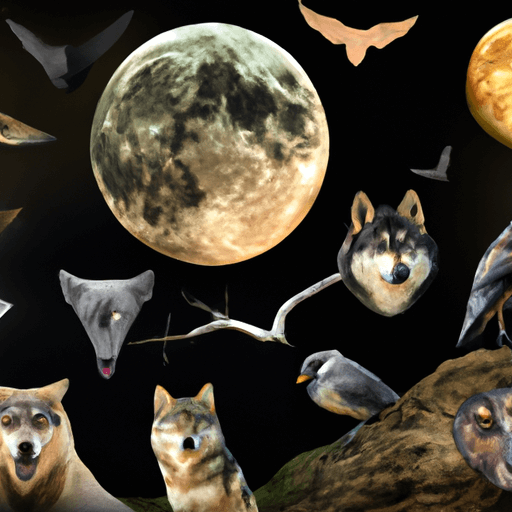
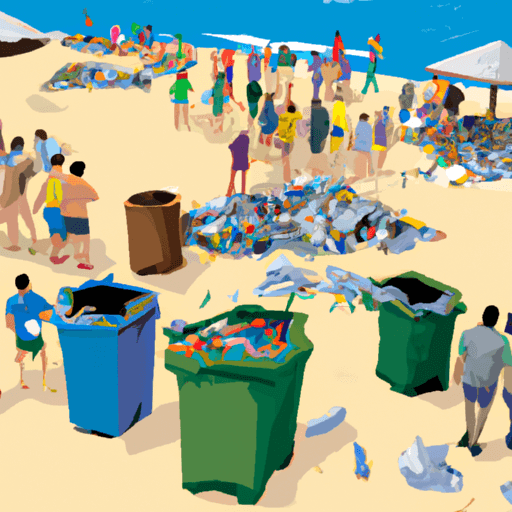
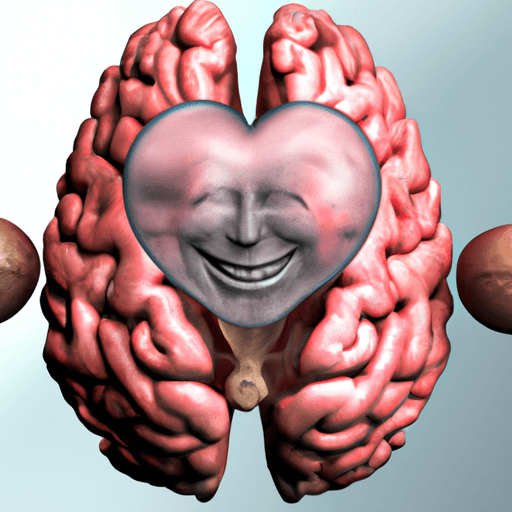
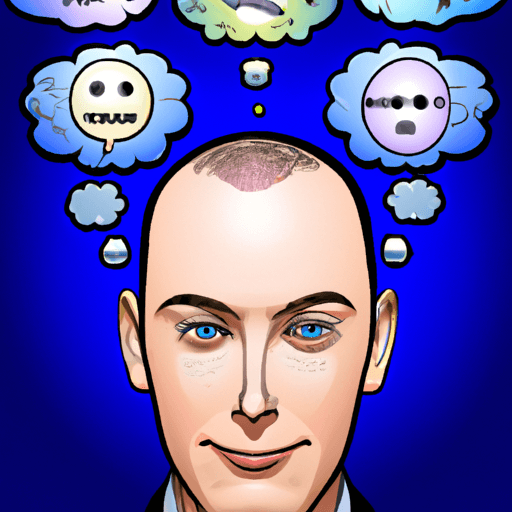
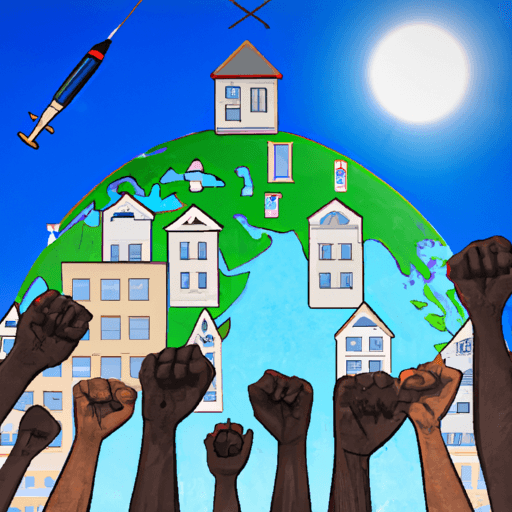
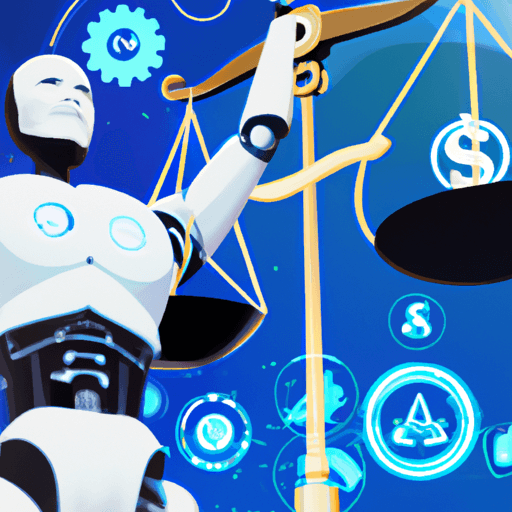
Comments
Leave a Comment